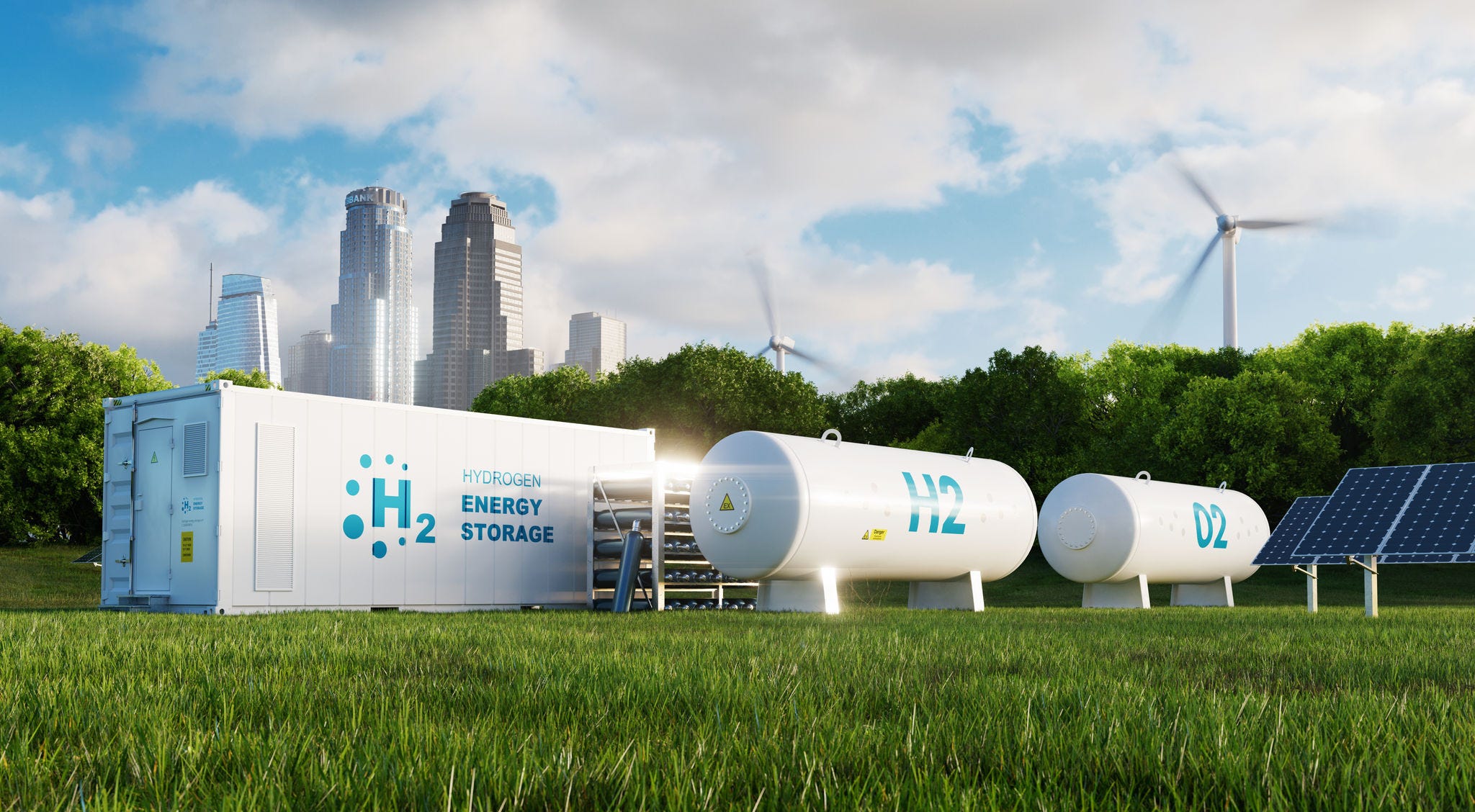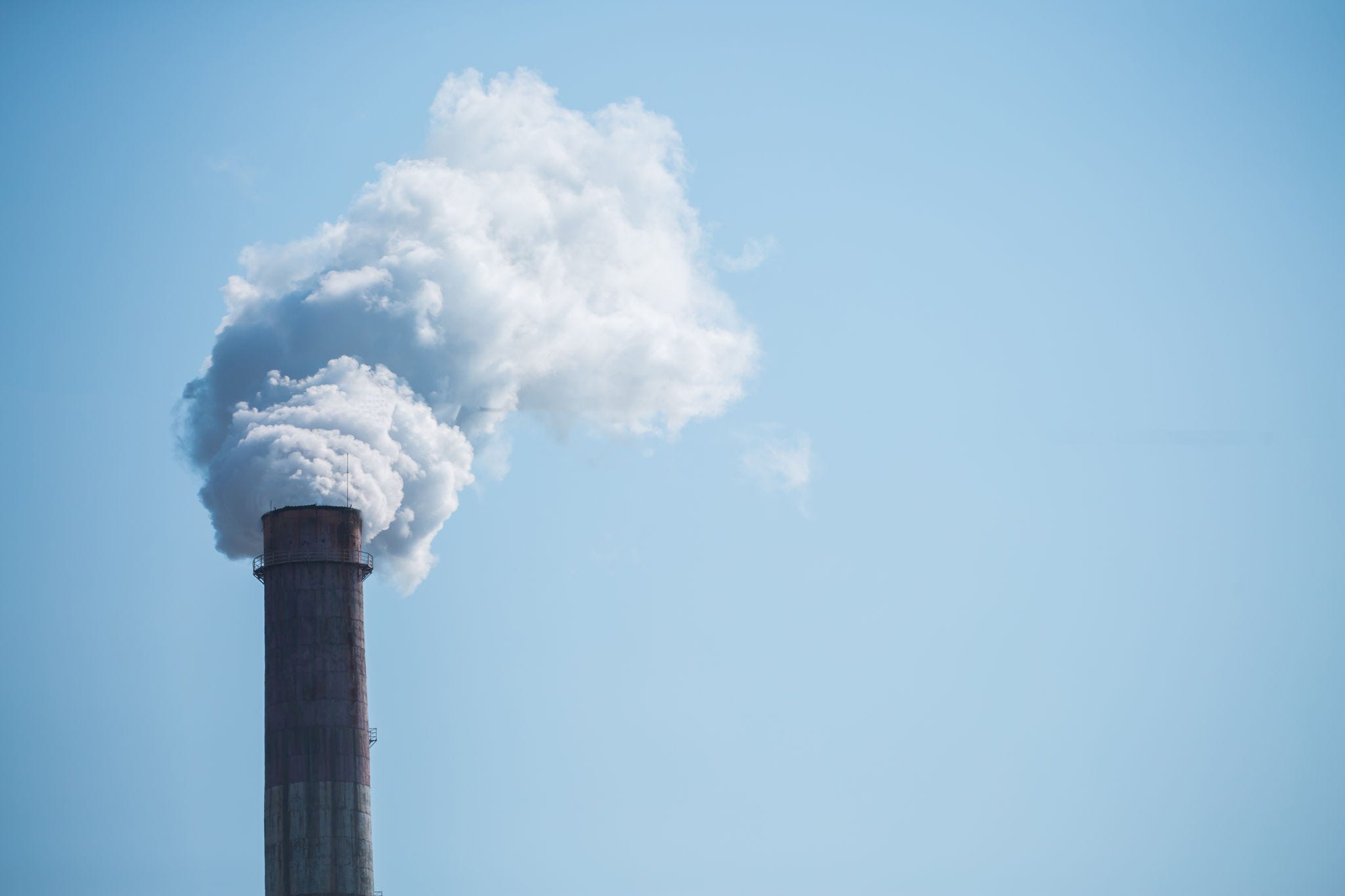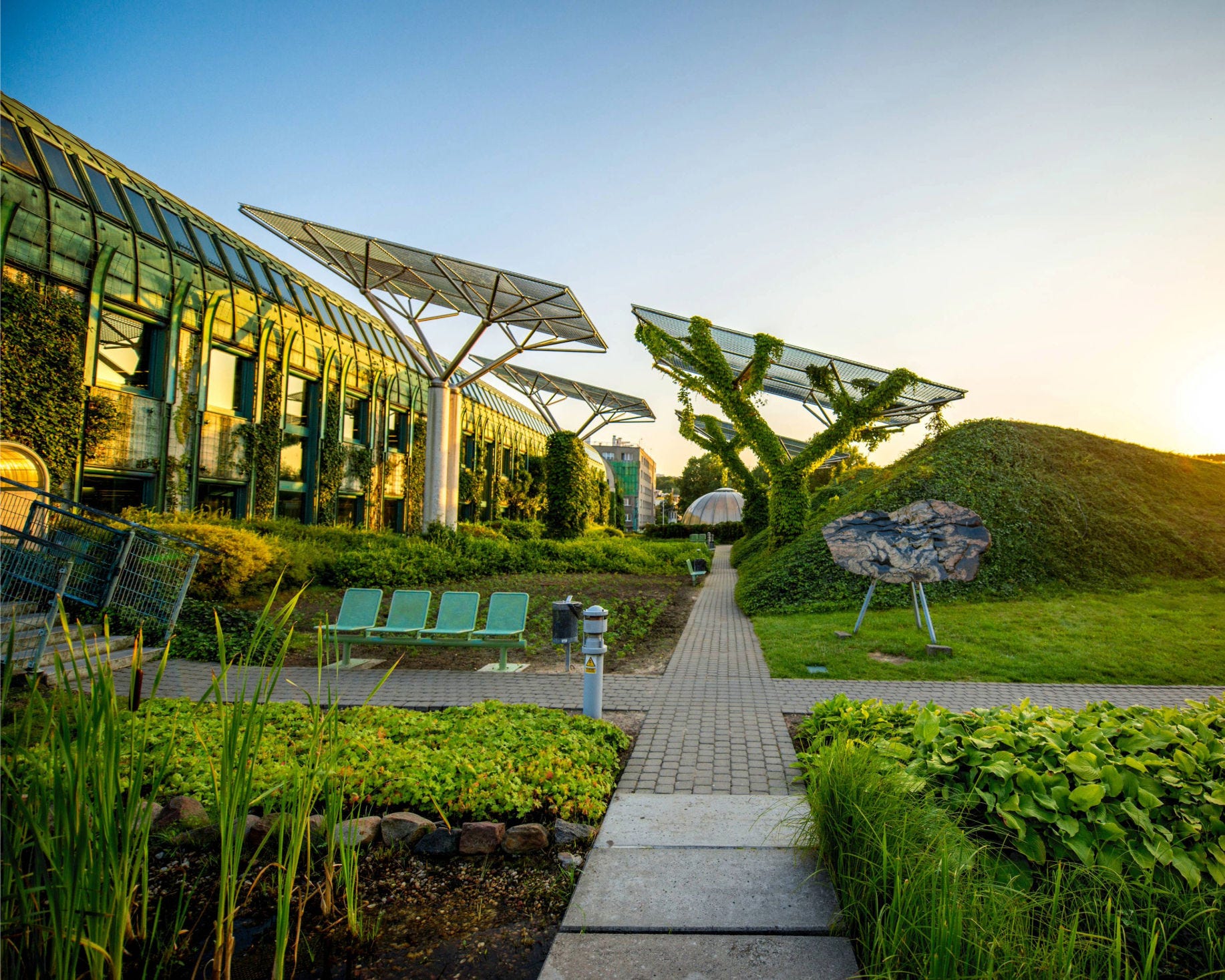Although policy makers and industry acknowledge the urgency of action for the net-zero industry transition in emerging and developing economies, the investment challenge remains significant.

The manufacturing industry serves society with a variety materials and products essential for economic activity and sustainable development. As this sector is responsible for 40% of global carbon dioxide emissions, the role of industry will be critical in reaching net-zero emissions by mid-century and to achieve the goals of the Paris Agreement. International fora such as the G7 and the G20, as well as numerous new public- and private-led initiatives, have also launched dedicated programmes to support dialogue to identify and propose solutions for the decarbonisation of industry.
Materialising industry’s transition will require investments in low-carbon technologies
Enhancing energy efficiency and supplying clean energy from sources such as green hydrogen and renewable heat will require a significant scale-up in investments. Carbon capture use and storage, as well as circular economy concepts, will be needed to drive drastic emissions cuts across industry value chains.
While the key technologies for industry decarbonisation are well known, many of them are still at demonstration phase or early stage of commercialisation. High upfront investment and operating costs compared to conventional technologies create a challenge for their market uptake. As industry is mainly driven by private actors for which maintaining profits is critical, creating viable business cases is essential. This is a particularly salient problem for emerging and developing economies, where the lion’s share of the increase in global industrial production will take place in the coming decades.
As an example, annual steel production in India is expected to increase by a factor three to five by 2050. Ensuring that new plants are emission-free would mean increasing scrap use and setting up about 100 direct reduction plants to run with green hydrogen, representing a total of 200 million tonnes annual capacity, corresponding to 10% of the global steel production. This would require an investment of USD 200 billion for the direct reduction plants alone, and a total of at least USD 1 trillion when including investments in renewable electricity capacity and electrolysers required to produce green hydrogen. Yet, hydrogen-based steel plants only exist at demonstration scale, and the first large-scale plants are expected to be commissioned around 2024-26.
The production of clean fertiliser from green hydrogen is another subsector that is gaining momentum. An OECD study to be published in November 2022 “Green hydrogen opportunities for emerging and developing economies” estimates an upfront investment in green ammonia production capacity of USD 5-7 billion per million tonnes per annum, with dedicated renewable electricity generation assets and electrolysers. Projections show green ammonia production may triple by 2050 globally compared to current levels. Most of this capacity is likely to be built in emerging and developing economies endowed with good renewable energy resources. That translates to a total investment need above USD 2-4 trillion in the coming three decades to achieve the expected green ammonia production volumes.
Industry decarbonisation considerations must go beyond cost-competitiveness
Industry needs to ensure that its competitiveness also supports sustainable development. The emergence of low-carbon technologies has the potential to reshape the worldwide industrial footprint. Access to supply of low-cost energy and raw material is becoming more critical when selecting the location of production plants, as these choices will determine new optimal solutions for global supply chains. New investments using conventional technologies may lock in carbon emissions for decades to come if conventional technologies are used. The conversion of existing assets to low-carbon technology options will be crucial. Furthermore, many new assets being built, mainly in emerging and developing economies, do not necessarily apply best available technologies. Delaying action will be costlier than making an early transition.
The transition will be broader than investing in low-carbon technology to transform production processes. It will also require new infrastructure for instance to supply the additional electricity needed and facilitate recycling and waste management. A systemic and holistic approach will be needed to understand the logistics of biomass, green hydrogen and carbon capture and use, as well as the competition for inputs (e.g. land, water, energy and other material inputs) and the roles of all actors in the investment cycle (e.g. producer, investor, financier, regulator).
New approaches will be needed to foster demand for carbon-neutral and/or green products that can drive market development. Certification, standards, labelling and premiums as well as green procurement initiatives are becoming more common to create a market and facilitate trade. On 23 September 2022, at the Clean Energy Ministerial, a green public procurement pledge was announced for low and near-zero steel cement and concrete.
There are varying needs and priorities with respect to decarbonisation between large businesses and small and medium enterprises. Policy makers should account for the different benefits and impacts of climate policies to prepare all actors for more competitive and resilient industries. Programmes to develop skills development, knowledge transfer and human and institutional capacity must be set up to ensure that as many people as possible profit from the industry transformation.
Solutions are needed to improve enabling conditions and develop financing solutions
Facilitating a net-zero industry transition and investments in low-carbon technologies requires two categories of solutions.
First, market solutions need to improve the enabling conditions that impact investment decisions. These conditions enhance the feasibility of investing in low-carbon technologies through policy frameworks by addressing topics such as technological innovation, strengthening policy instruments and institutional capacity. Examples of such market solutions include demand creation for new industrial products through initiatives such as green public procurement programmes, policies fostering innovation and research and development, and capacity building for financing institutions and industry sectors.
Second, financing solutions need to enhance the availability of finance for investments in emerging and developing economies. New and breakthrough technologies will require new forms of financing approaches. Public funds can help with project development and increase technology readiness levels of breakthrough technologies. Examples include blended finance, viability gap funding for first movers and pilot projects, and other innovative mechanisms that can help to leverage funding from development finance institutions and subsequently mobilise private capital. Supporting instruments such as contracts for difference will be necessary to address operational cost differences.
The new OECD “Framework for industry’s net-zero transition” can assist emerging and developing economies in developing these solutions to put their industry on a path aligned with the goals of net-zero emission targets.
Industry decarbonisation strategies must be aligned with financing policies
There are several actions needed by all stakeholders. The increasing focus of industry companies to embed environmental, social and governance criteria in their investments, development of transition finance frameworks and alignment of investment plans with climate targets are all positive for decarbonisation. Yet, financing industry’s net-zero transition will require a comprehensive and system-wide approach aligned with sector-level decarbonisation targets and strategies developed jointly by governments and industry actors. Deepening and greening local capital markets will be necessary to provide the required financing for this transition. A collaborative effort by governments, industry actors and financing institutions would result in a pipeline of projects with clearly defined business cases, matched with market and financing solutions to overcome barriers to the economic viability of projects. The OECD Framework for Industry Net-zero Transition contributes to this effort to ensure that countries do not miss the opportunities offered by this transition.
Further reading
- The pillars and implementations steps of OECD’s Framework for industry net-zero transition can be found on: https://www.oecd.org/environment/framework-for-industry-s-net-zero-transition-0c5e2bac-en.htm
- The video recording of the Launch Event of OECD’s Framework for industry net-zero transition can be found on: https://www.oecd.org/environment/cc/cefim/cross-cutting-analysis/frameworkforindustrysnet-zerotransitionlaunchevent.htm






